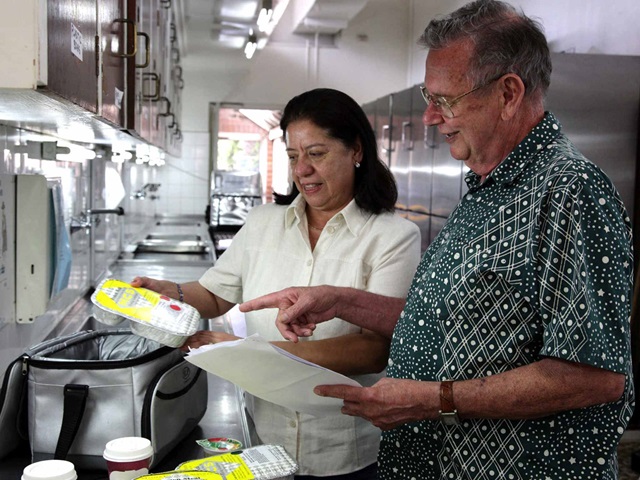Register your cooling towers or warm-water systems
Building owners or occupiers must notify us of this equipment installed and operated.
When you need to do this
It is a legal requirement for all owners or occupiers of buildings in our local area who install and operate a cooling tower or warm-water regulated system to notify us.
Hospitals, nursing homes and declared mental health facilities are exempt from this requirement.
What you need to do
-
Complete the application form
You must complete the approved notification form and pay the fee upon application. You can lodge the completed form by email, post or in person.
You might be exempt from fees
No fee is payable if changes are made in the particulars section (part 5) of the form.
This also includes any changes to the system when any of the following occurs:
- There is a change of owner or occupier for a building on which a system is located
- The system is modified (for example, cooling towers added or removed)
- The contact details for the building manager changes
- The system is decommissioned
-
Report test results
Report a high test result for Legionella or heterotrophic colony count to us as soon as possible by phone. You also must complete the standard notification of reportable test results form from the NSW Health website and email it to us.
Before you start
- For information on the NSW Health requirements or to access standard forms, templates and fact sheets, please visit NSW Health: Legionella control.
- Attend one of our free workshops if you operate a water-cooling system in the local area. The course is an excellent resource on controlling Legionella in cooling towers and how to maintain cooling tower systems. It also covers complying with the regulation requirements and preventing the spread of Legionella. Contact us for upcoming event dates.
Other information
Enforcement
- If we identify non-compliance with the requirements for regulated systems under the Public Health Act 2010, our authorised officers can order building occupiers/owners to comply with the requirements.
- Our officers can also conduct inspections of premises on which regulated systems are located and charge fees.
- Failure to comply with the requirements under the act can result in legal notices, orders, penalty infringements (fines), and/or legal proceedings against a building occupier or owner.
Regulatory changes to the management of water-cooling systems
The requirements to install, operate and maintain cooling water systems in NSW are found in:
- Public Health Act 2010
- Public Health Regulation 2022
- Australian Standard AS/NSZ 3666 – 2011 Air-handling and water systems of buildings – Microbial control. The regulation was amended to provide a performance-based, risk management approach to prevent Legionella bacteria in water cooling systems.
From 1 September 2022, building owners and occupiers must ensure the following requirements are complied with:
- A competent person prepares a certificate confirming the risk management plan has been completed, which must be submitted to the City of Sydney within 7 days of completing the risk assessment.
- Compliance with the risk management plan and Public Health Regulation 2022 must be independently audited and documented in an audit certificate, which is to be submitted to the City of Sydney every year.
- Monthly sampling and testing of the system for Legionella and heterotrophic colony count must be undertaken.
- High test results for Legionella (≥1000 cfu/mL) and heterotrophic colony count (≥5,000,000 cfu/mL) must be reported to the City of Sydney within 24 hours of receiving the results.
- Unique identification numbers for cooling towers must be displayed on all cooling towers. Please note, while the City of Sydney allocates the unique identification numbers, we do not specify which tower these are to be placed on. This is for the competent person to decide and advise on behalf of the owner/occupier and document it in the risk management plan.


